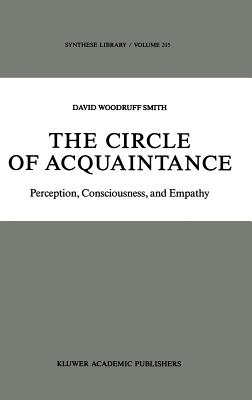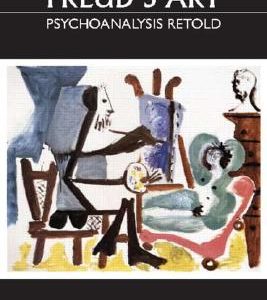Circle of Acquaintance: Perception, Consciousness, and Empathy (1989)
$134.99
Description
This book studies the problem of acquaintance against the background of a more general theory of intentionality. Much of the relevant background is laid out in the book I wrote with Ronald McIntyre, Husserl and Intentionality (1982). However, since this book is not focussed on HusserI, I shall not assume the reader’s familiarity with the prior book or with HusserI’s philosophy. (I have sometimes referred to this book-in- progress as Acquaintance; I’ve rounded out the title a bit. ) of The initial inspiration for this work, in the 1970’s, was a confluence ideas from the logic of perception and the logic of demonstratives, ideas in which I found phenomenological inspiration. These included Jaakko Hintikka’s notion of perceptual individuation, Romane Clark’s account of a demonstrative element in perception, David Kaplan’s analysis of the meaning (character and content) of demonstratives, and Hector-Neri Castaneda’s notion of quasi-indicators. I would later add to the list John Perry’s appraisal of belief reports involving indexicals (extending Castaneda’s ideas) and Hilary Putnam’s Twin Earth thought-experiments (complementing Clark’s and Kaplan’s ideas of the same vintage). I want to thank Chuck Dement and Ronald McIntyre for their responses to the first draft. For many discussions of issues addressed in the book I thank David Blinder, Hubert Dreyfus, Dagfinn F llesdal, Jaakko Hintikka, David Kaplan, Ronald McIntyre, Izchak Miller, Esa Saarinen, John Searle, and Peter Woodruff. I have benefited also from colleagues and students too numerous to name but deserving my thanks nonetheless. Philosophy is a surprisingly communal affair.
Author: Smith, D W
Topic: Gardening / Horticulture
Media: Book
ISBN: 792302524
Language: English
Pages: 268
Additional information
| Weight | 1.23 lbs |
|---|---|
| Dimensions | 9.21 × 6.14 × 0.63 in |
















Reviews
There are no reviews yet.